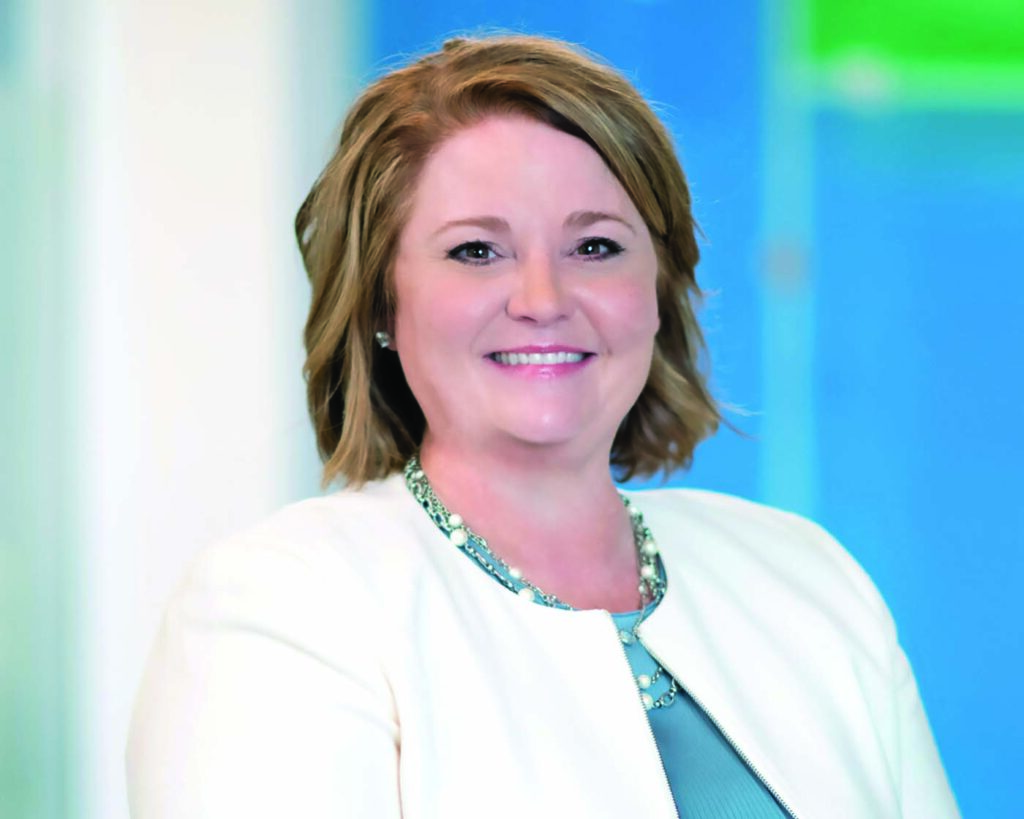Each month, Andrea Burch, President of InterMountain Lutheran Hospital, shares insights on healthcare innovation, community wellness initiatives, and behind-the-scenes updates on how the new hospital is taking shape. From medical breakthroughs to heartfelt patient stories, this interview connects our readers with the pulse of local healthcare.
How many people are admitted (in patients) to Lutheran every year?
Lutheran cares for more than 300,000 patients every year, but we touch lives in so many other ways. When we think about people living their healthiest lives possible, more goes into it than just the care we provide within the hospital walls. We also look at social determinants of health, which are the non-medical factors that affect health outcomes. These include things like safe housing, transportation access, food security, education, job opportunities, and more. We partner with many local organizations that support these needs for members of our community. Intermountain Health has allocated one million dollars just in the Front Range to give to various community organizations. These are designated funds that do not benefit the hospitals. They are used solely to invest back in our communities. So far this year, Lutheran has given approximately $224,000 to our community health partners. That money has gone to organizations that increase access to care, improve behavioral health, achieve greater economic stability, and improve child and family well-being. These organizations include Benefits in Action, Via Mobility, Mile High United Way, Family Tree, Brothers Redevelopment, Food Bank of the Rockies, Cross Purpose, A Precious Child and Jefferson Center. I’m very proud of the work being done at the Jefferson Center. Because of the funds we have given them, they’re able to hire a therapist to support students at a local high school.
Can you please describe the flexibility of the rooms at Lutheran and how many can be converted to accommodate large scale emergencies?
Absolutely. When we were building the new hospital, we intentionally designed it for flexibility and the future. All the beds were built to universal standards to promote flexibility and allows us to care for the highest level of patient acuity in each room. Our operating rooms were designed to accommodate state-of-the-art technology like robotics. The Emergency Room was designed to support the highest-level trauma patients, stroke, cardiac and specialized care of the elderly. Ninety percent of patient rooms can convert to an isolation room – this was something we learned during the pandemic when we had to retrofit a lot of our rooms to isolation protocols/standards. This allows us to be prepared for a future pandemic, if necessary.
Next month we will be highlighting your new wound care program and the dramatic addition of the hyperbaric chamber to the building. Can we get an advance preview of the story?
I’m thrilled about our new Wound Care and Hyperbaric Medicine Clinic that is scheduled to open in November! We recently had two hyperbaric oxygen chambers delivered to our Medical Office Building next to the hospital. Each chamber measures 8 feet 8 inches by 3 feet 7 inches and weighs approximately 2,200 pounds. Hyperbaric medicine can help patients with a range of problems including certain non-healing wounds, long term effects from cancer radiation treatment, and carbon monoxide poisoning. It can help speed up the wound healing process and help treat infection. Hyperbaric oxygen therapy works by placing the patient in a clear chamber that contains 100% oxygen (compared to normal room air that has 21% oxygen). This helps the body heal by growing new skin, blood vessels and tissue. Millions of people in the United States live with chronic wounds that require advanced wound care. At Lutheran, we provide wound care for hospitalized patients, but outpatient wound care and hyperbaric therapy is a new service and I’m so happy we’ll be able to offer it to the residents of Wheat Ridge and the surrounding communities.






